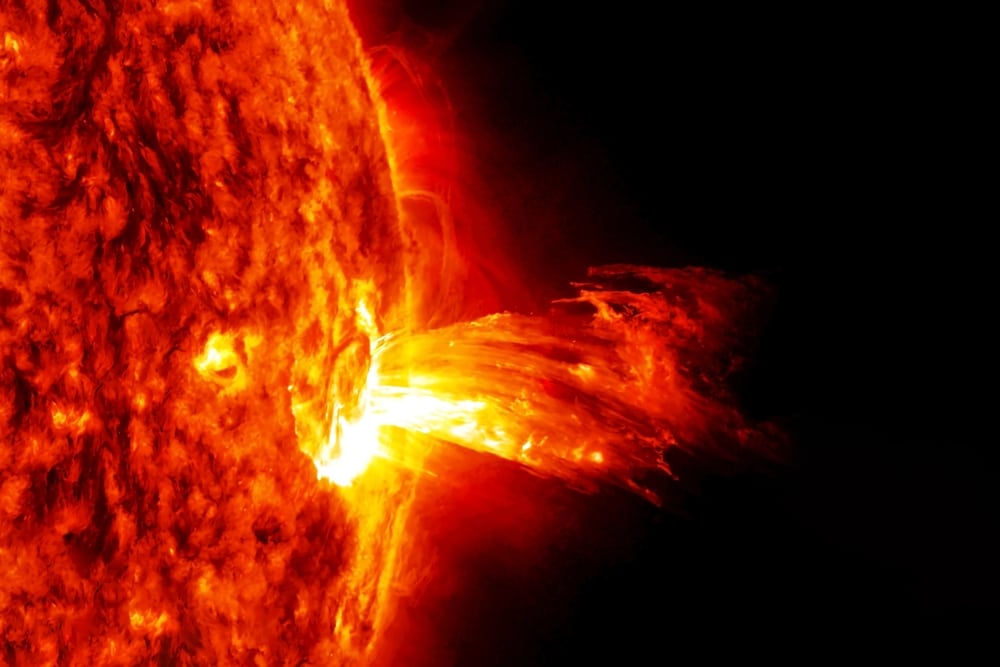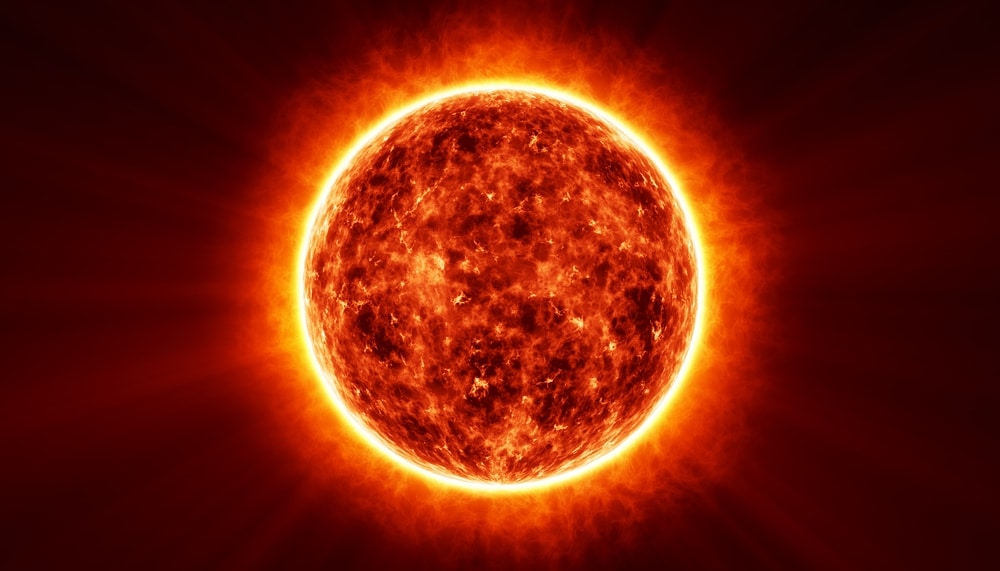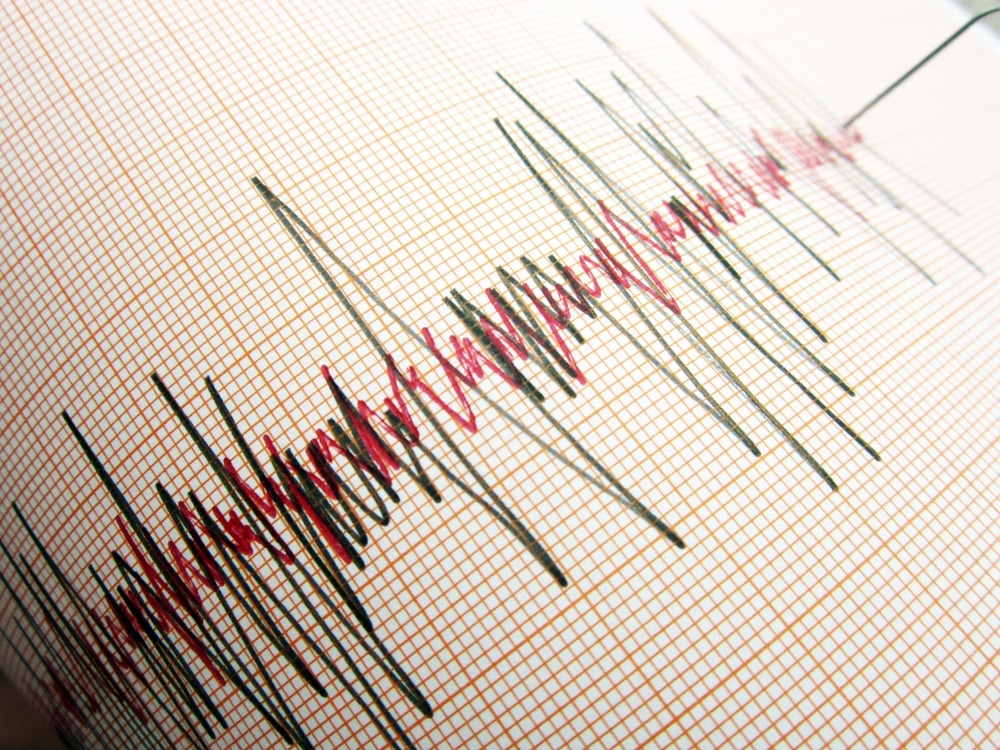A volatile sunspot has been spitting out solar flares this week, with four X-class flares detected in as many days.
This sunspot, AR3663, has a particularly explosive “beta-gamma-delta” magnetic field, which is causing this surge of “hyperactive” activity. According to spaceweather.com, it is the most active sunspot of this solar cycle so far.
One of these powerful solar flares, which hit the Earth on May 6, caused a radio blackout across the Indian Ocean. More could potentially hit our way in the coming days.
The sunspot released four solar flares since May 3, with these bouts of solar radiation classified as X-class flares: X1.6, X1.2, X1.2, and even X4.5 on May 6.
Sunspots are fleeting dark spots on the sun’s surface caused by intense magnetic activity. This activity inhibits convection currents in the sun by reducing the surface temperature compared to the surrounding areas.
The number of sunspots on the sun can vary, with more spots generally seen during the most active period of the sun’s 11-year solar cycle of magnetic activity, which we are currently approaching. The last solar minimum was in 2019, and the solar maximum is estimated to occur between now and the start of 2026.
Sunspots can sometimes have specific magnetic field alignments, with those with a “beta-gamma-delta” magnetic field being considered to have tremendous potential for producing significant solar activity, such as powerful solar flares and coronal mass ejections (CMEs).
These are released when the twisted magnetic field lines of the sunspot suddenly rearrange, sending bursts of solar radiation into space in the form of solar flares. “The strength of these flares is then categorized as B, C, M, X where X is the strongest one,” Daniel Brown, an astronomy and science communication associate professor at Nottingham Trent University in the U.K., told Newsweek.

















